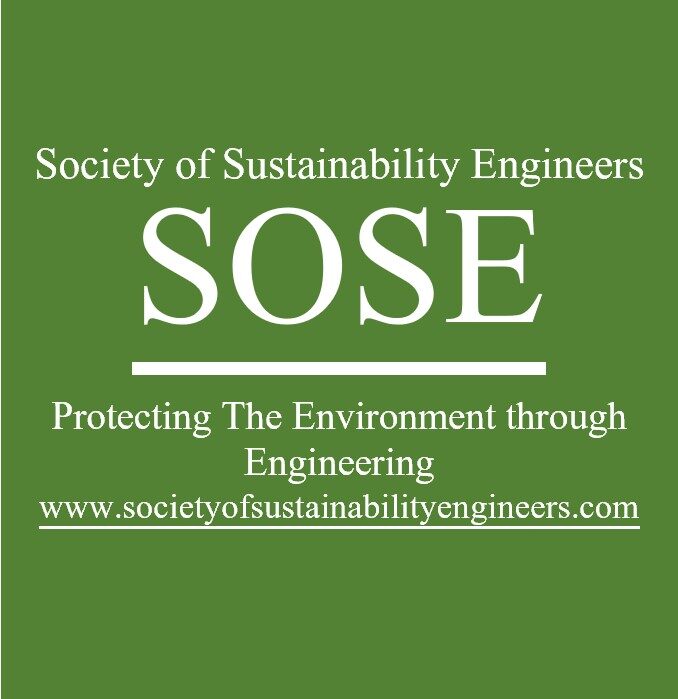SOCIETY OF COST ENGINEERS – DEFINITION OF TERMS
NOTE: These DEFINITIONS are generally accepted but should be used as GUIDELINES only. The key to any good cost model is not to be rigidly held to these definitions but to understand them and to apply them correctly. To ask a supplier to define each in their terms and make sure they are accounted for correctly.
NOTE: This page is continually being updated. If you have questions, comments or suggestion as to needed definitions or disagreements with the content, please use the CONTACT US page and we will attempt to address these.
Climate change
See also: global warming. The altering of the planet’s climate due to an increase in greenhouse gas (GHG) emissions
Circular Economy
A systemic approach to economic development designed to benefit businesses, society, and the environment. In contrast to the ‘take-make-waste’ linear model, a circular economy is regenerative by design and
aims to gradually decouple growth from the consumption of finite resources. (Ellen MacArthur Foundation).
CO2e
Is the abbreviation for ‘carbon dioxide equivalent.’ CO2e is used to measure and compare emissions from
greenhouse gases based on how severely they contribute to global warming.
E.g., if 1kg of methane is emitted, this can be expressed as 25kg of CO2e (1kg CH4 * 25 = 25kg CO2e).
Digital Factory
A digital factory is a virtual representation of a specific physical factory, and it enables product teams to simulate production.
Digital Twin
A digital factory provides a virtual “twin” of a physical factory. Digital factories simulate manufacturing by leveraging all the intelligent features captured within a 3D CAD model (or “digital twin”).
GHG (greenhouse gases)
Greenhouse gases, such as carbon dioxide and methane, which trap and hold heat in the atmosphere
Global warming
See also: climate change. The increasing of the Earth’s average temperature due to a greenhouse gas (GHG) emissions
Green Washing
Greenwashing is the process of conveying a false impression or providing misleading information
about how a company’s products are more environmentally sound. Greenwashing is considered an unsubstantiated
claim to deceive consumers into believing that a company’s products are environmentally friendly.
LCA
Life Cycle Assessment. “as the systematic analysis of the potential environmental impacts of products or
services during their entire life cycle”. (Sphera)
Net Zero
To reach a state of net zero emissions for companies implies two conditions:
1. To achieve a scale of value-chain emission reductions consistent with the depth of abatement achieved in
pathways that limit warming to 1.5°C with no or limited overshoot and;
2. To neutralize the impact of any source of residual emissions that remains unfeasible to be eliminated by
permanently removing an equivalent amount of atmospheric carbon dioxide.
Scope 1, 2 & 3 Carbon Emissions
Scope 1 Emissions are direct emissions from company-owned and controlled resources.
Scope 2 Emissions are indirect emissions from the generation of purchased energy, from a utility provider. In
other words, all GHG emissions released in the atmosphere, from the consumption of purchased electricity,
steam, heat and cooling
Scope 3 Emissions are all indirect emissions – not included in scope 2 – that occur in the value chain of the
reporting company, including both upstream and downstream emissions

